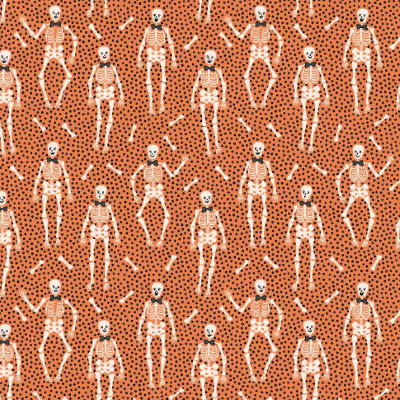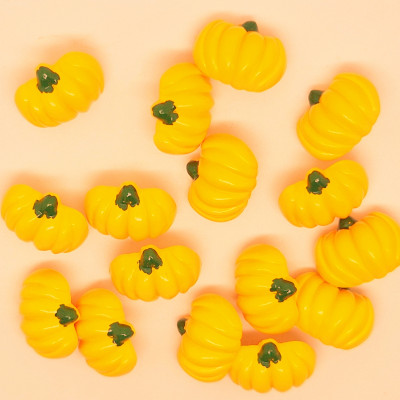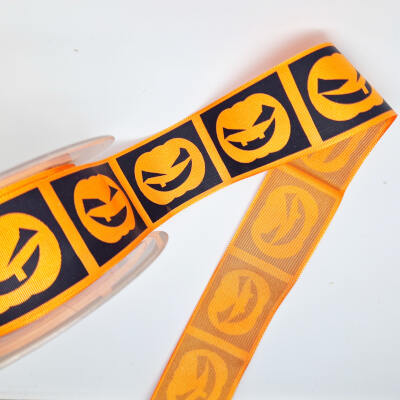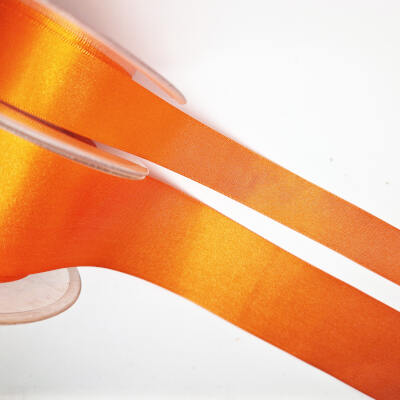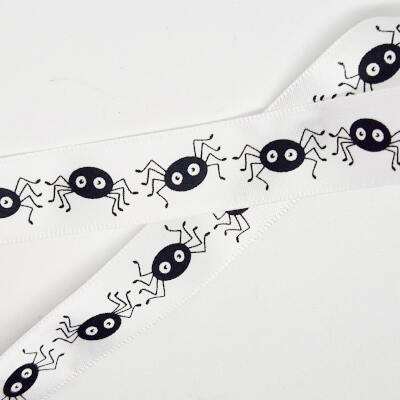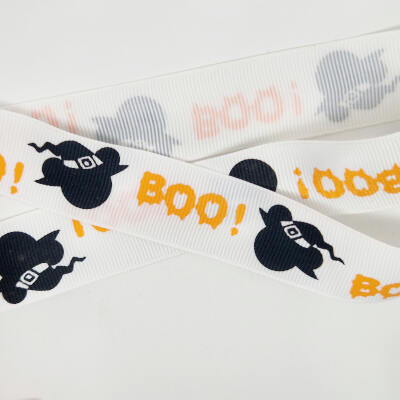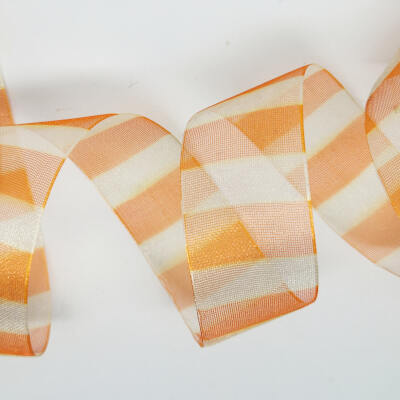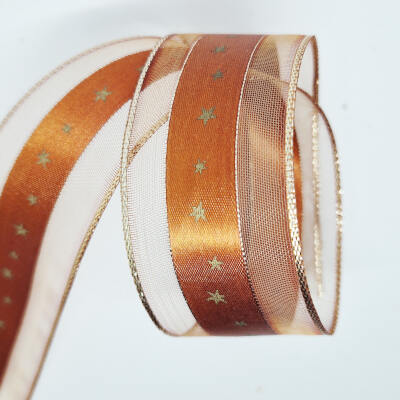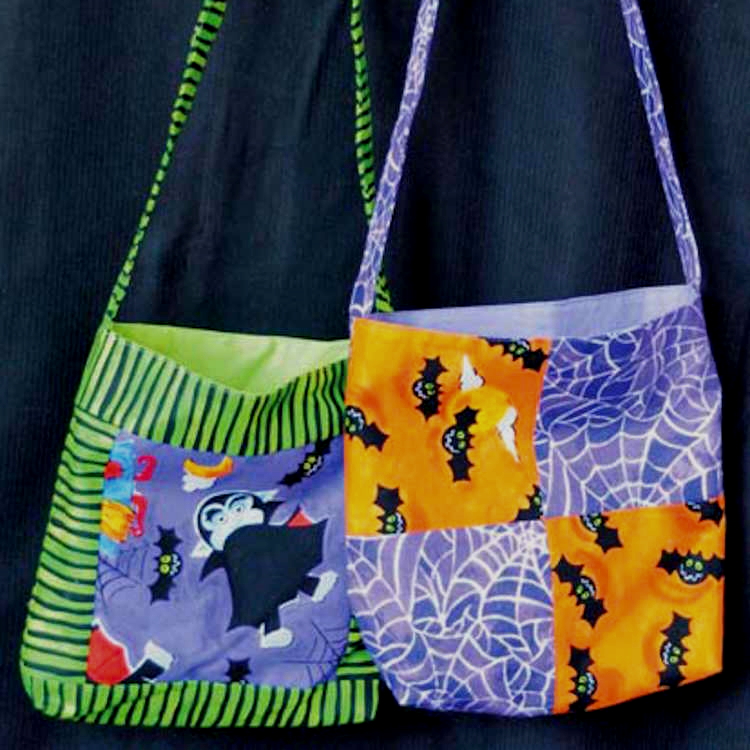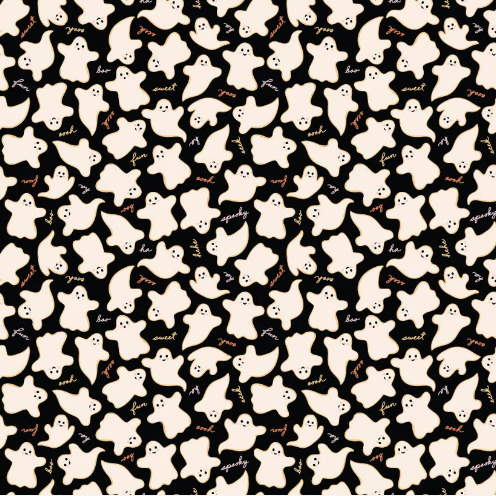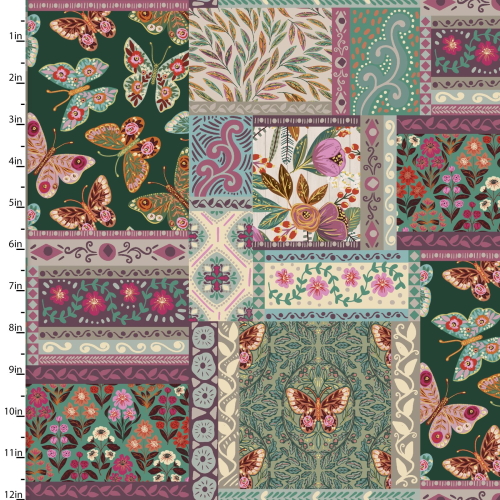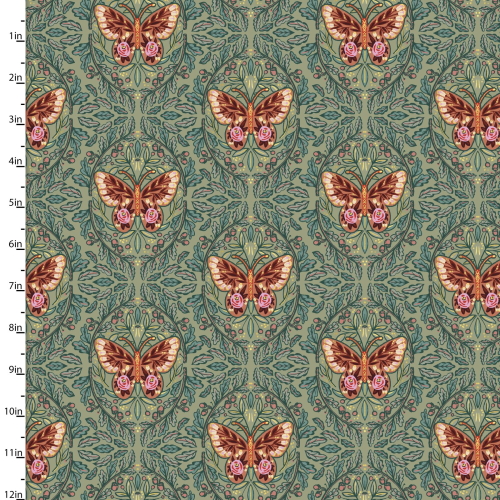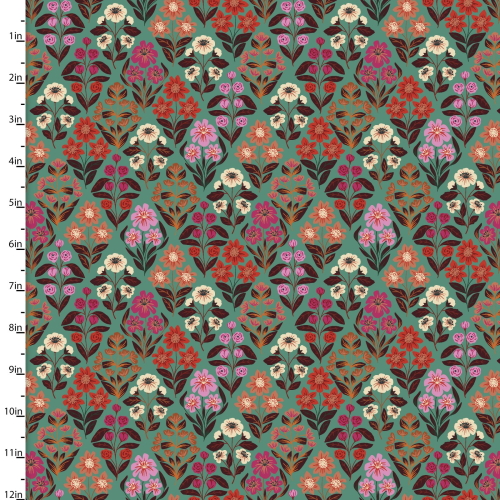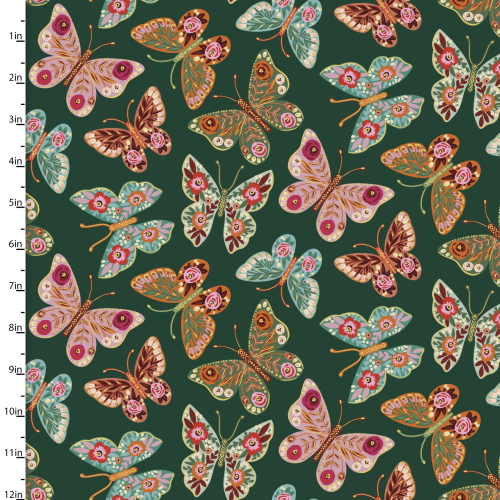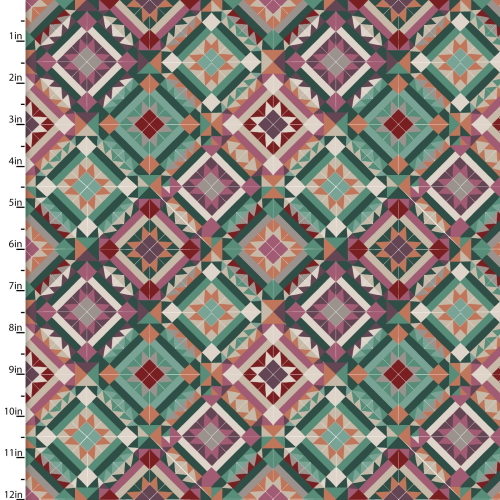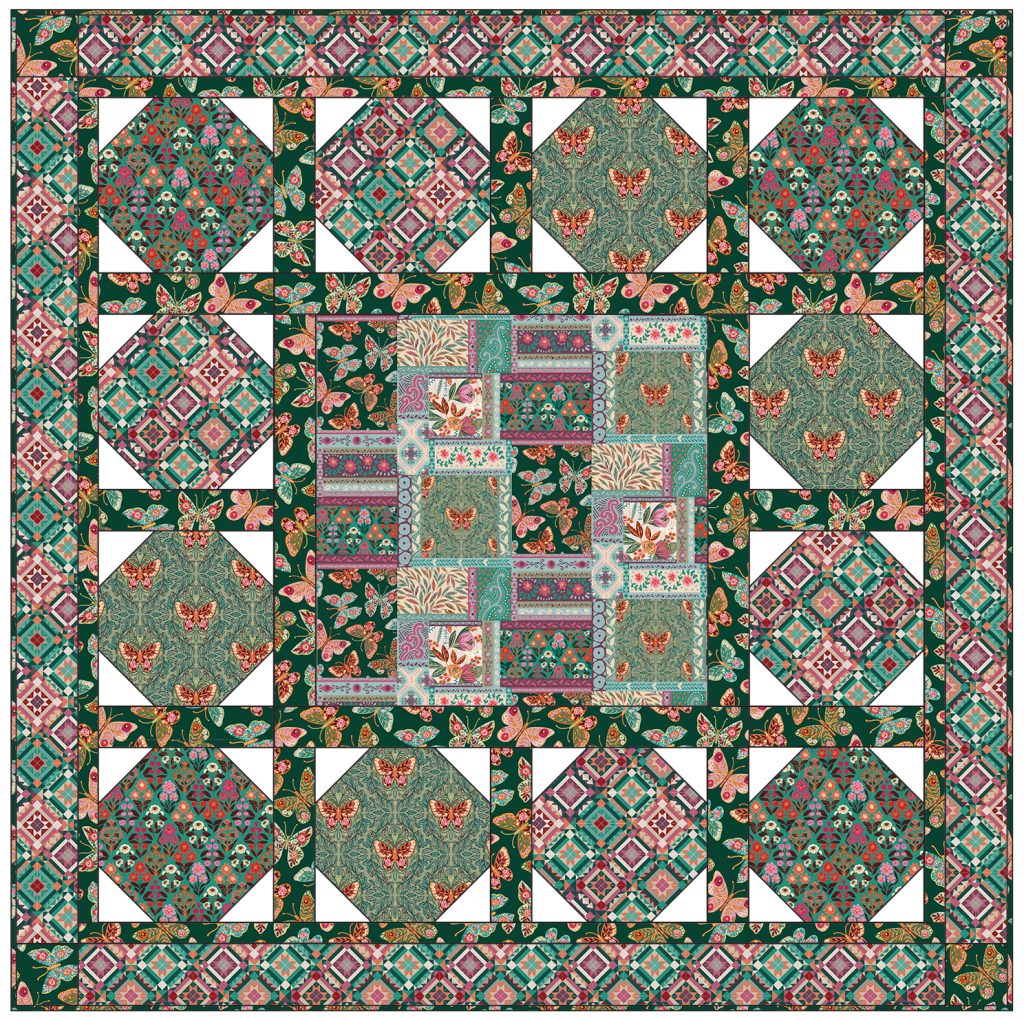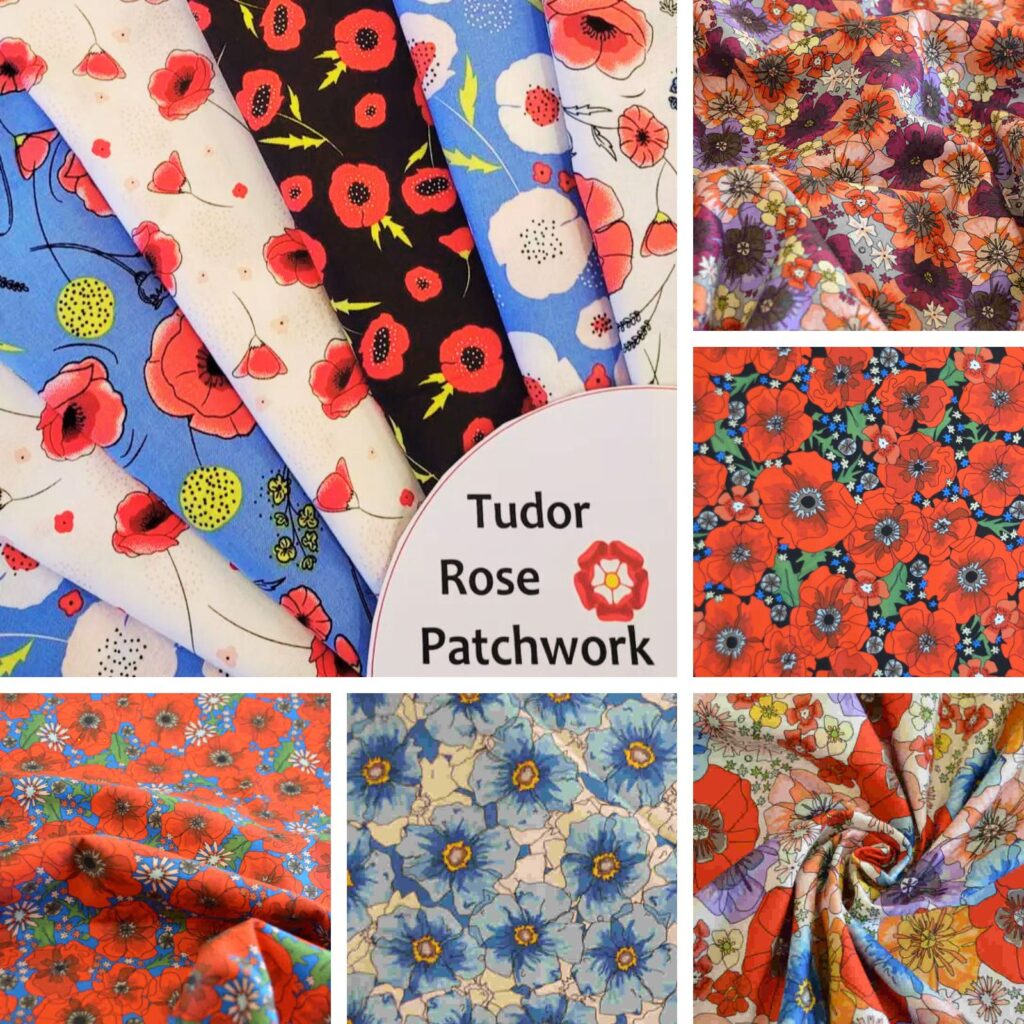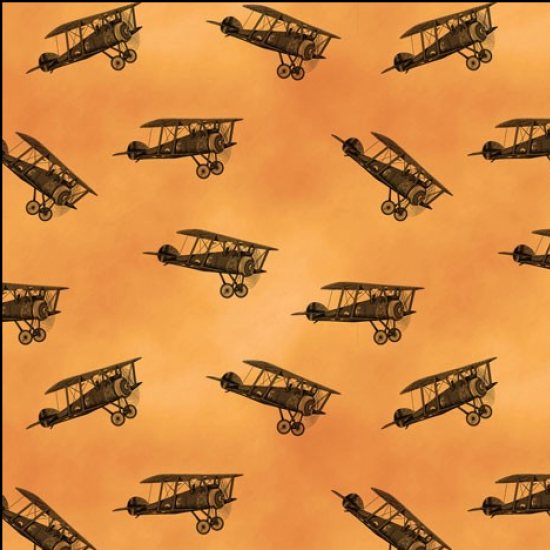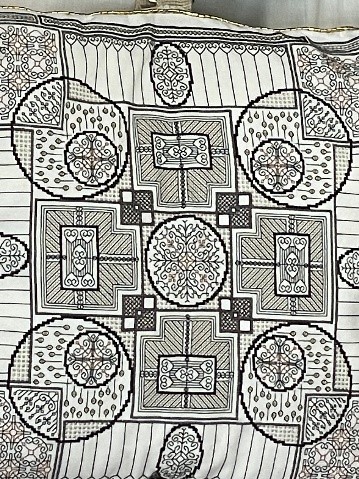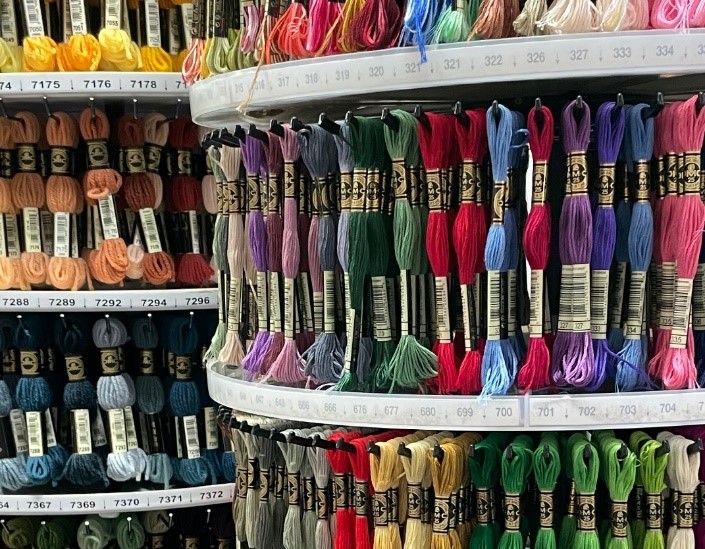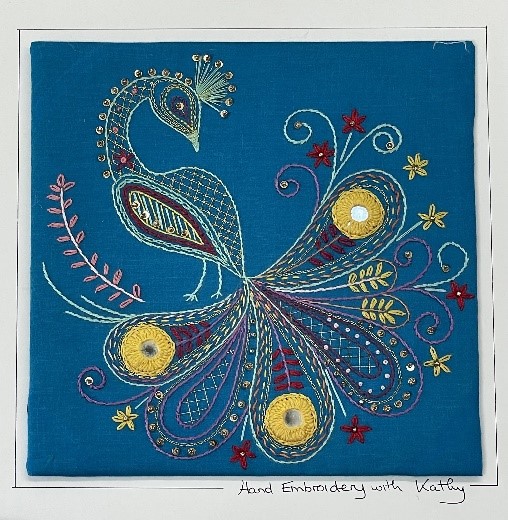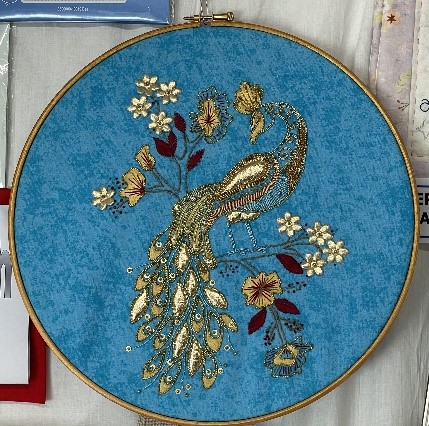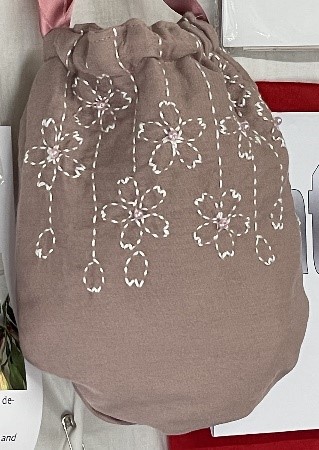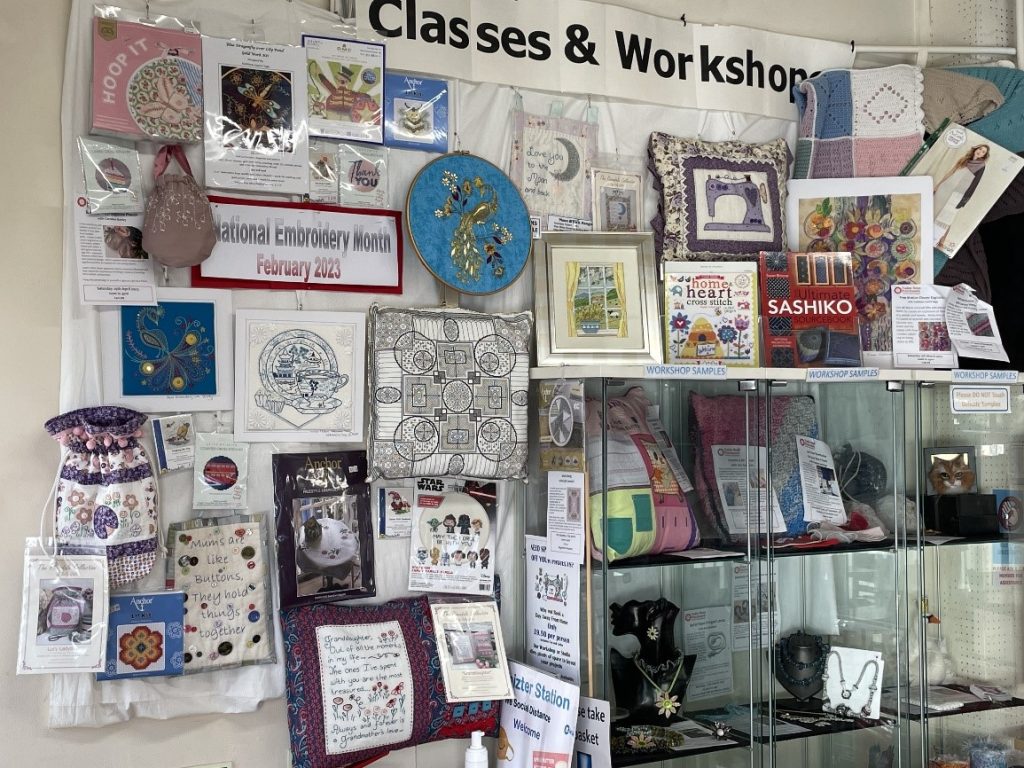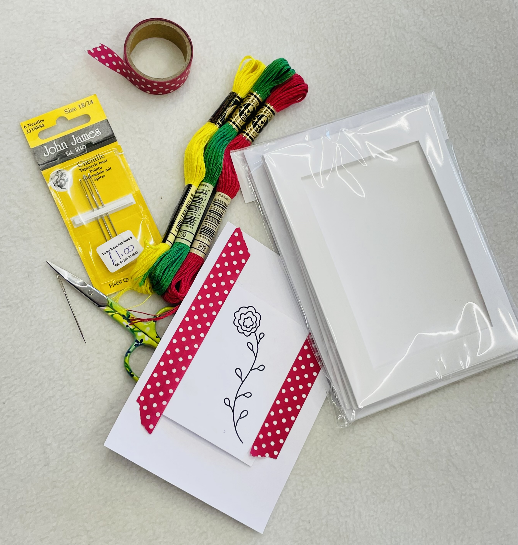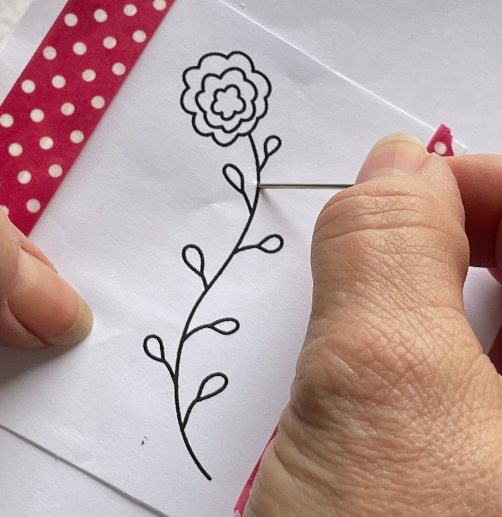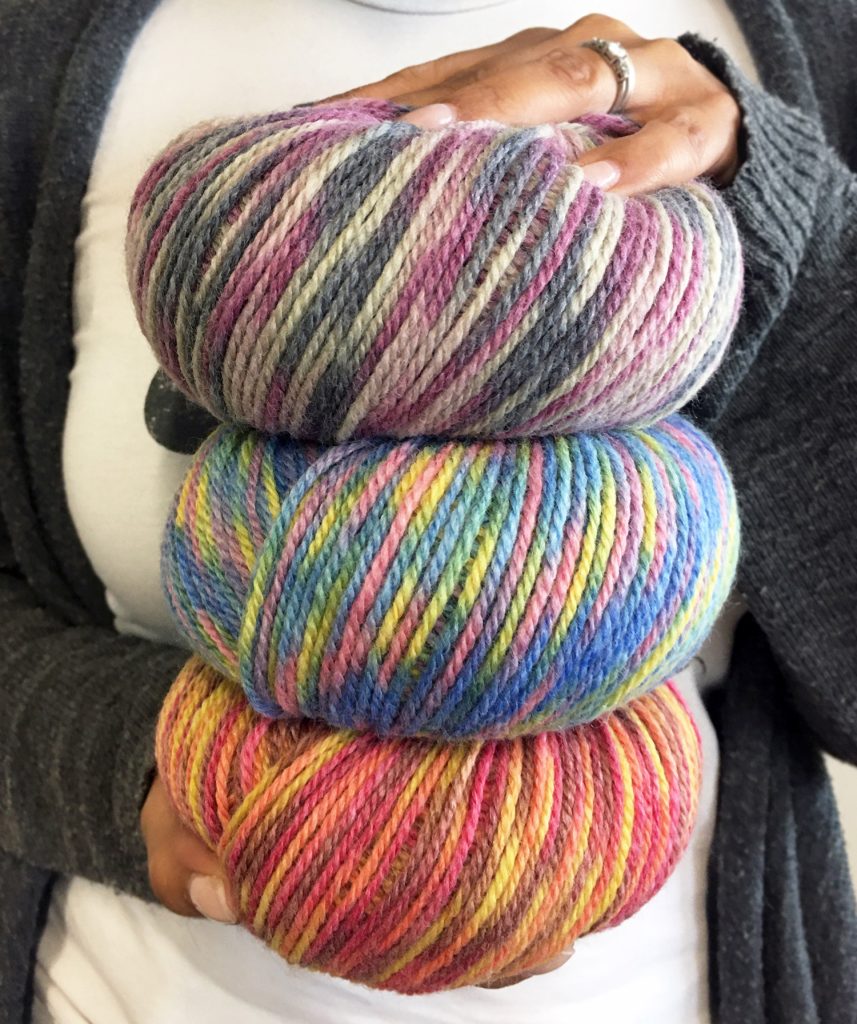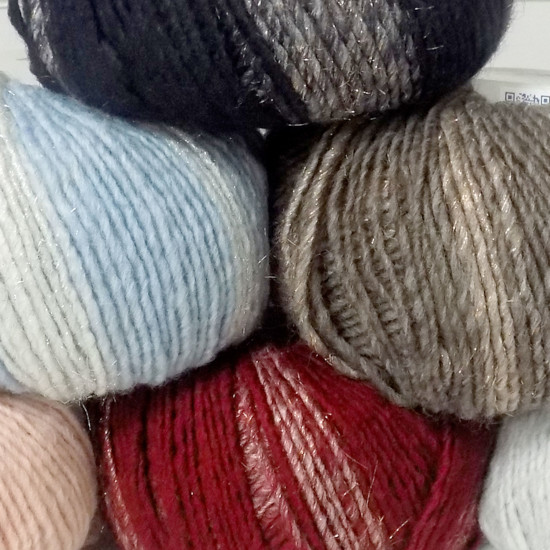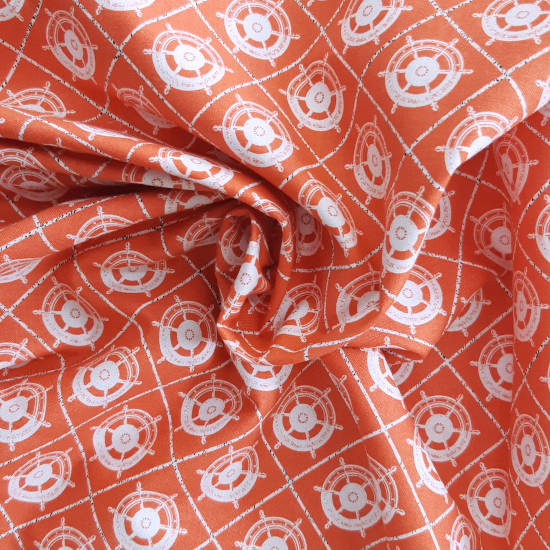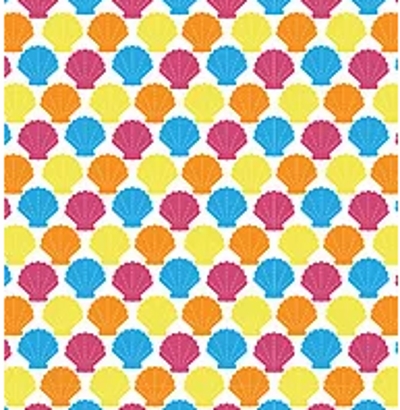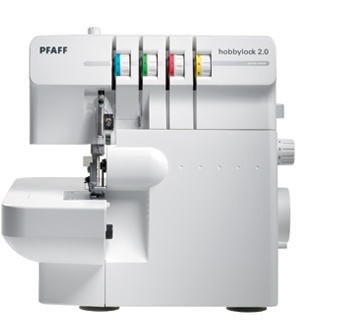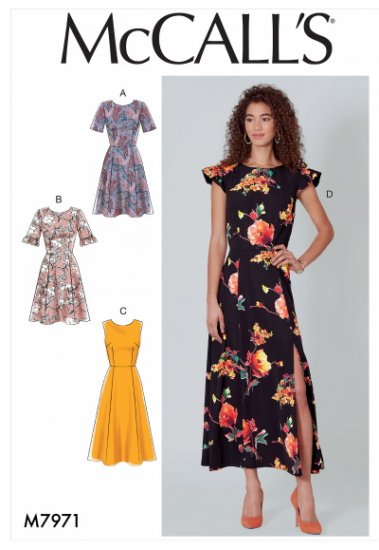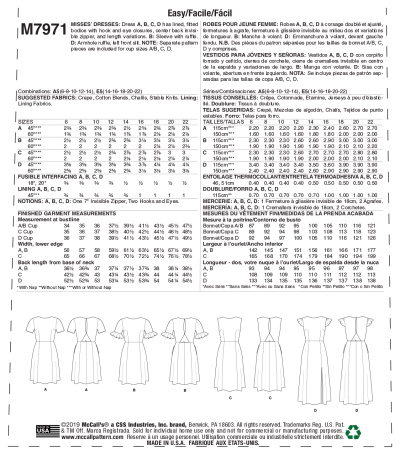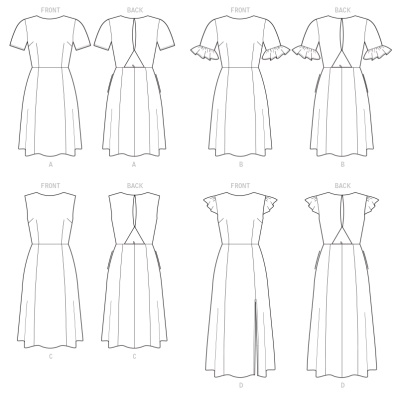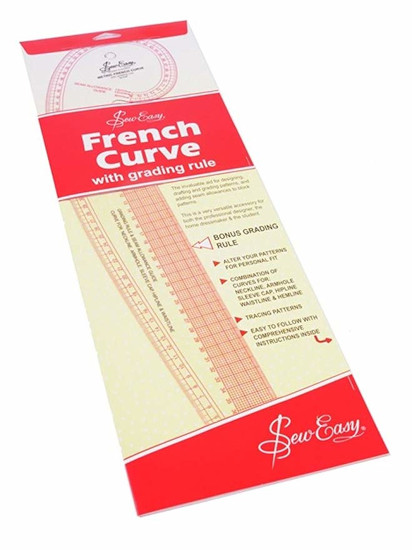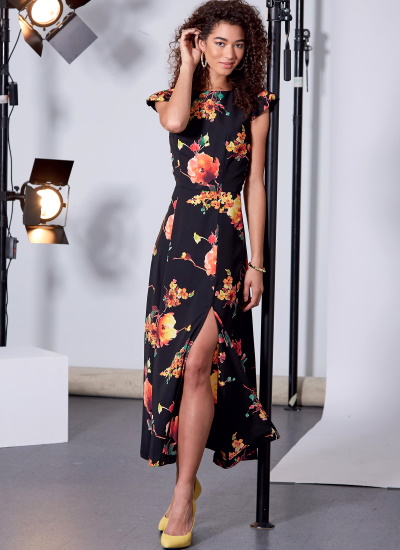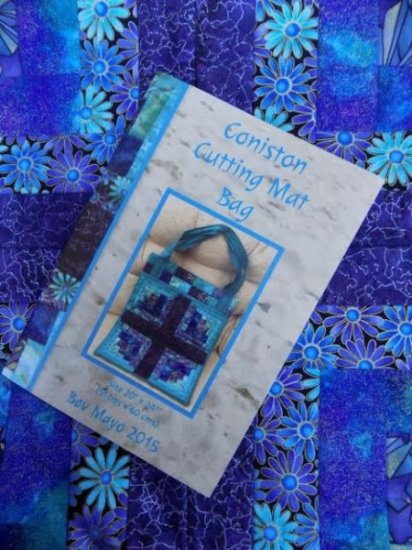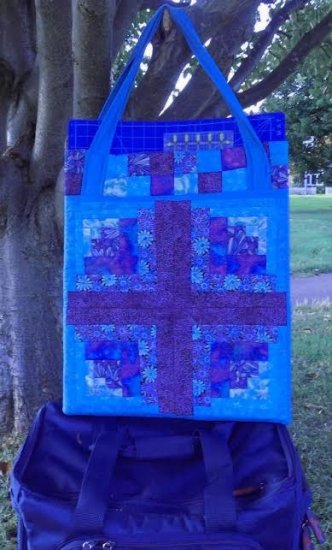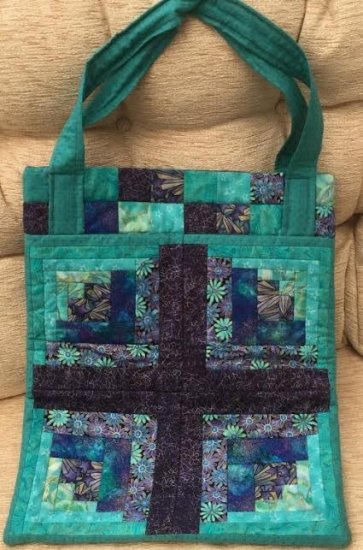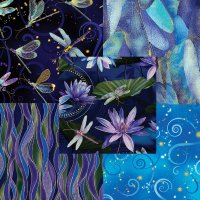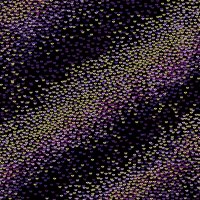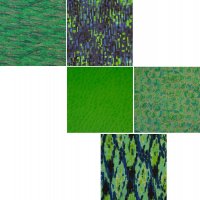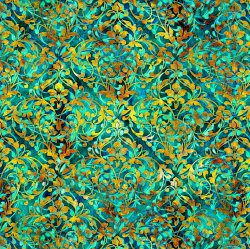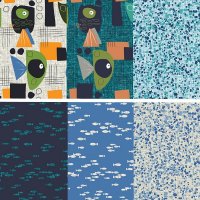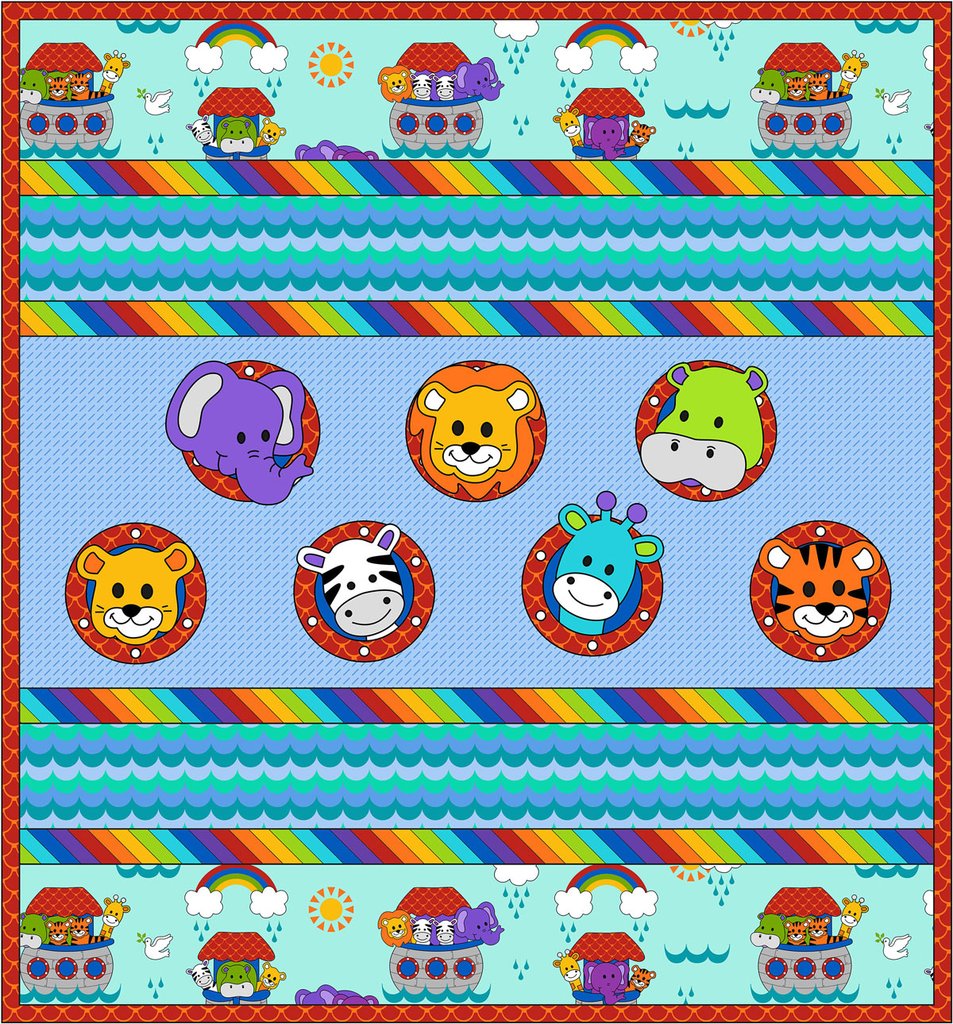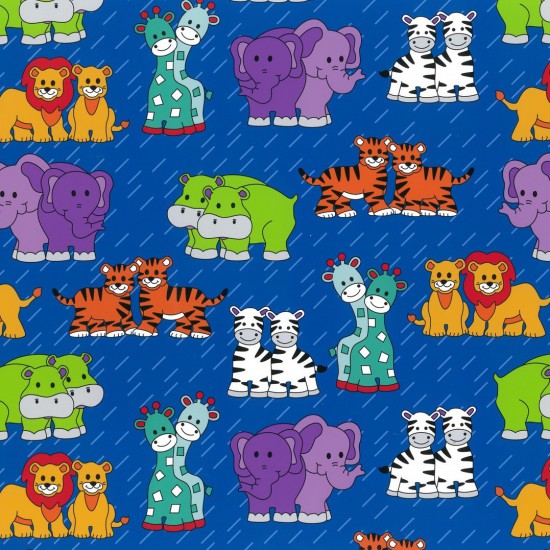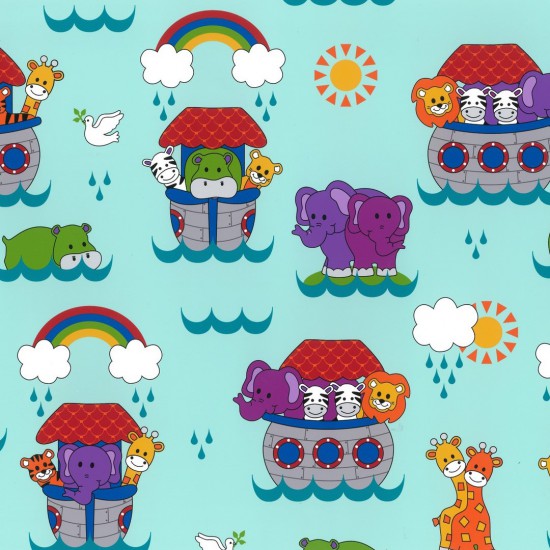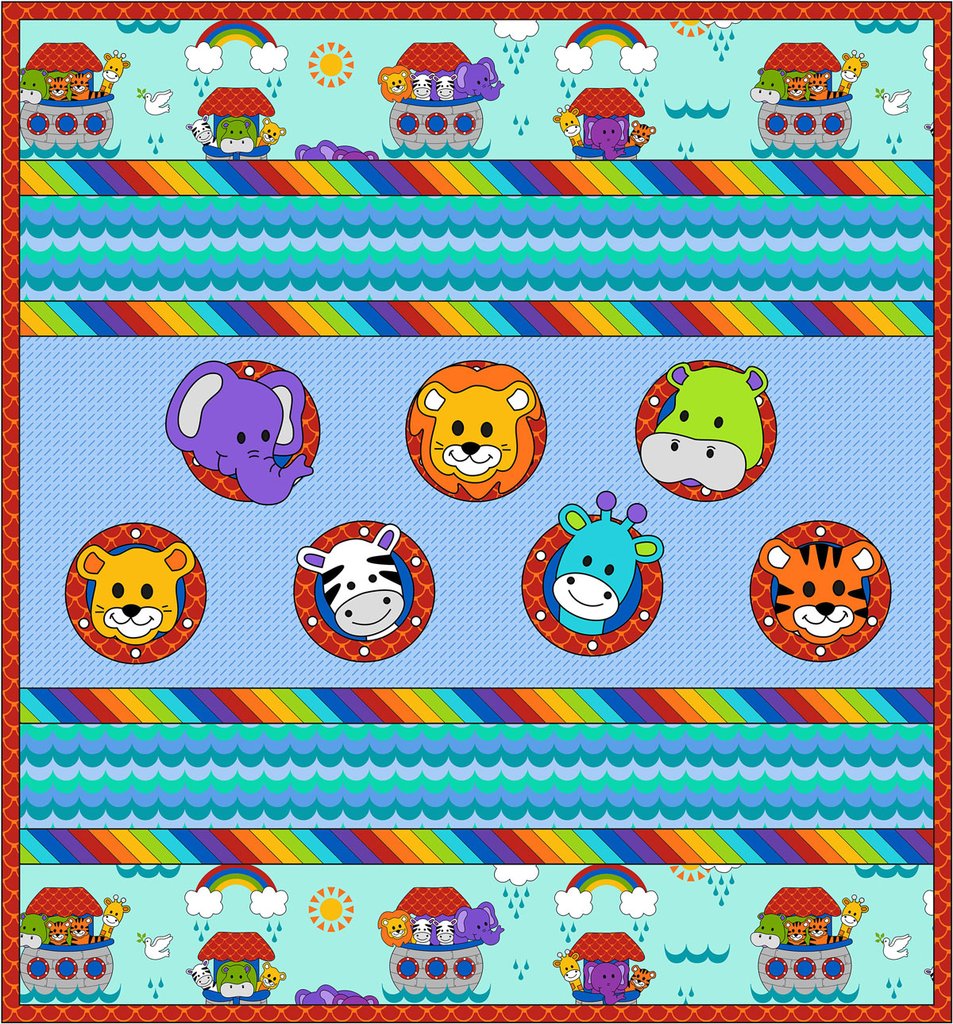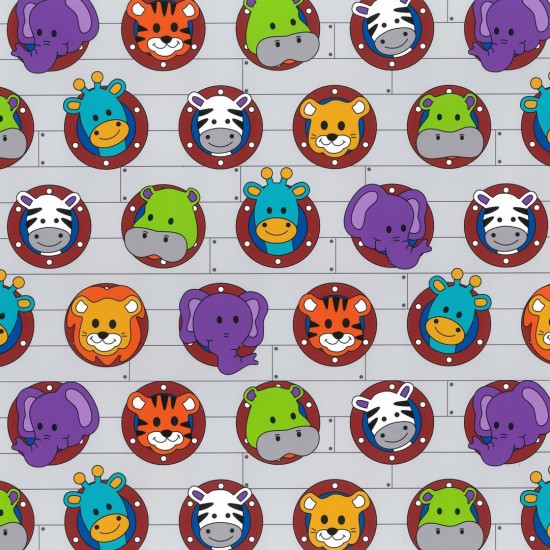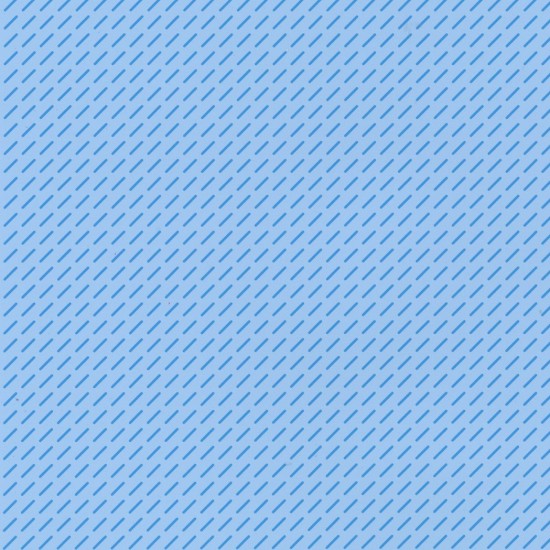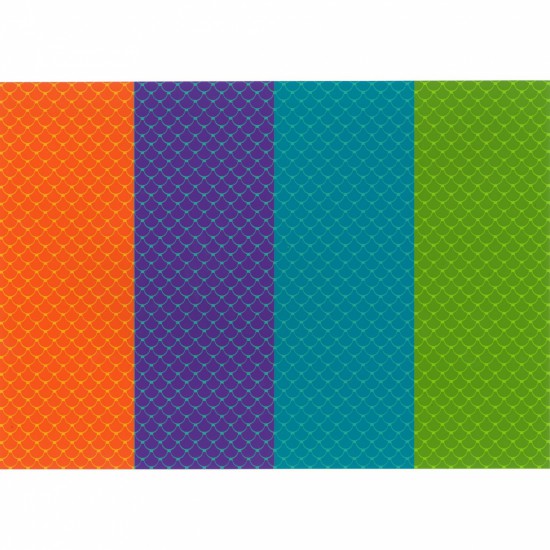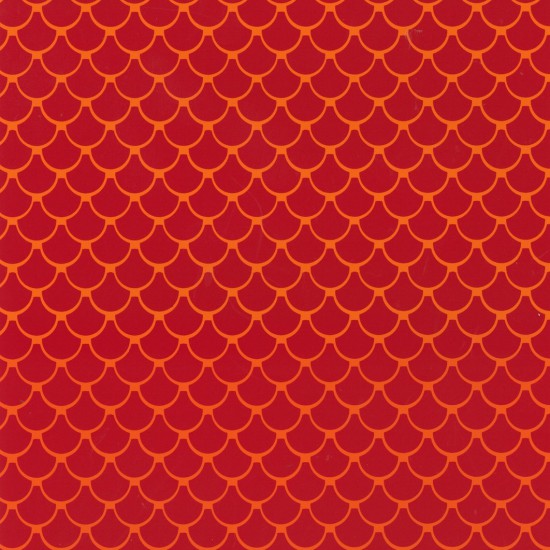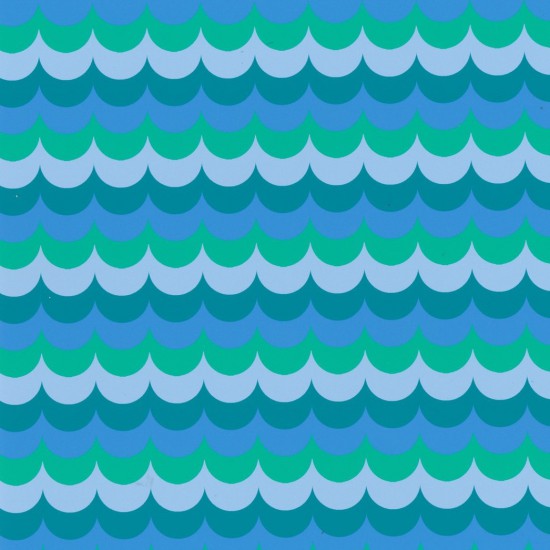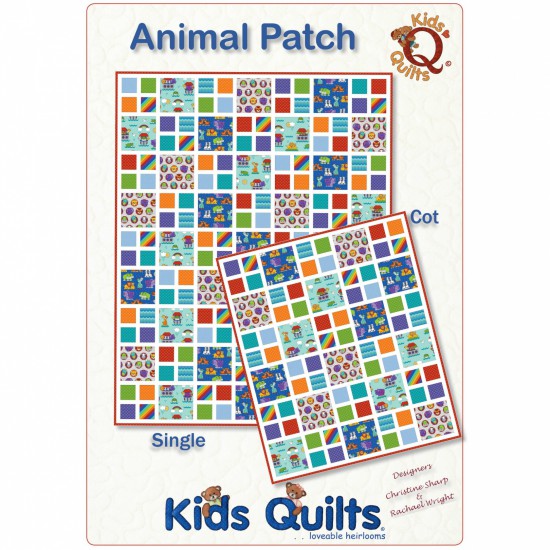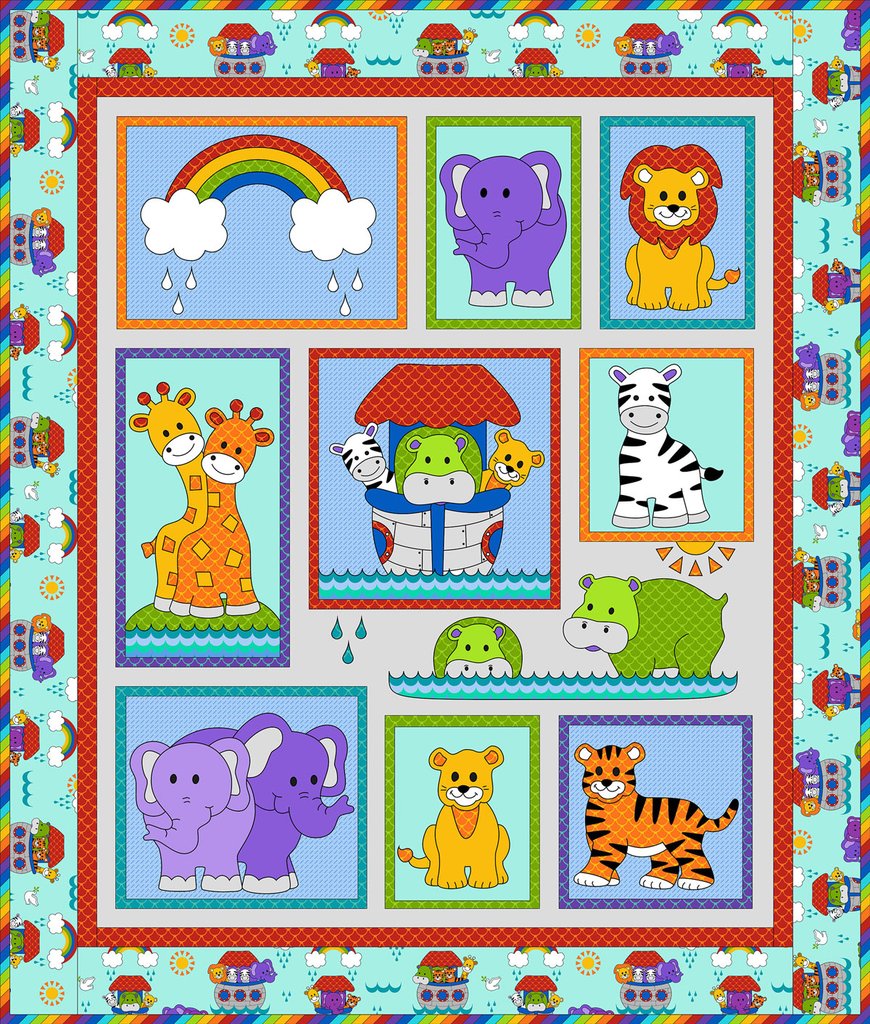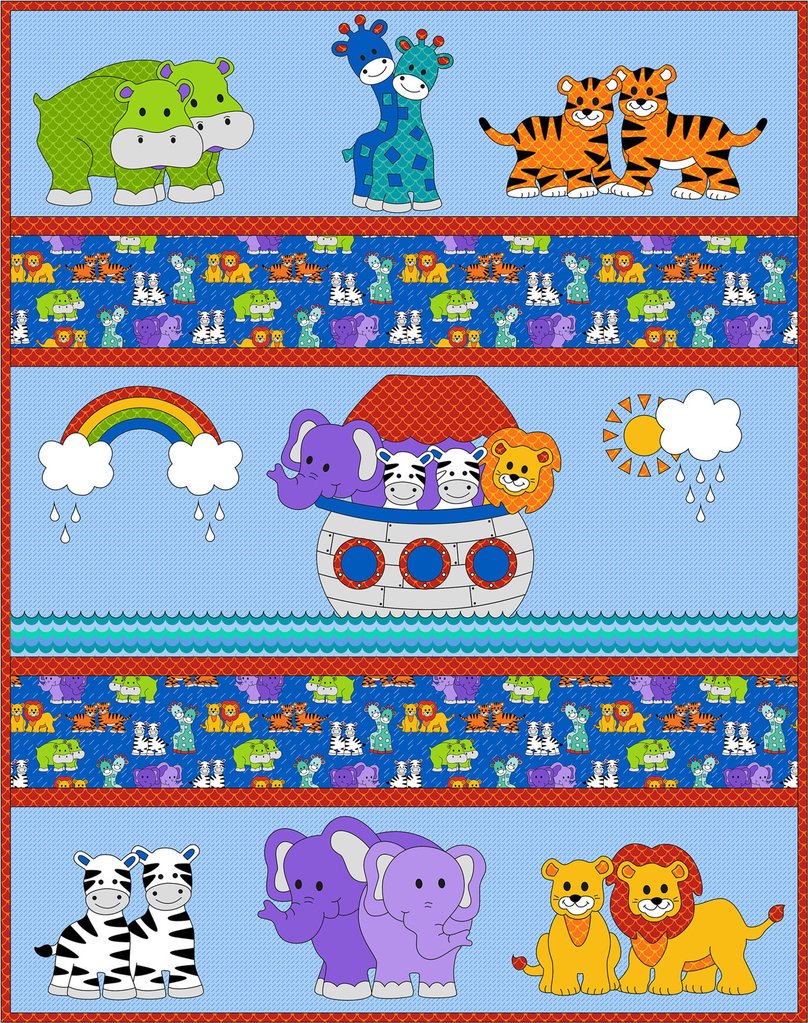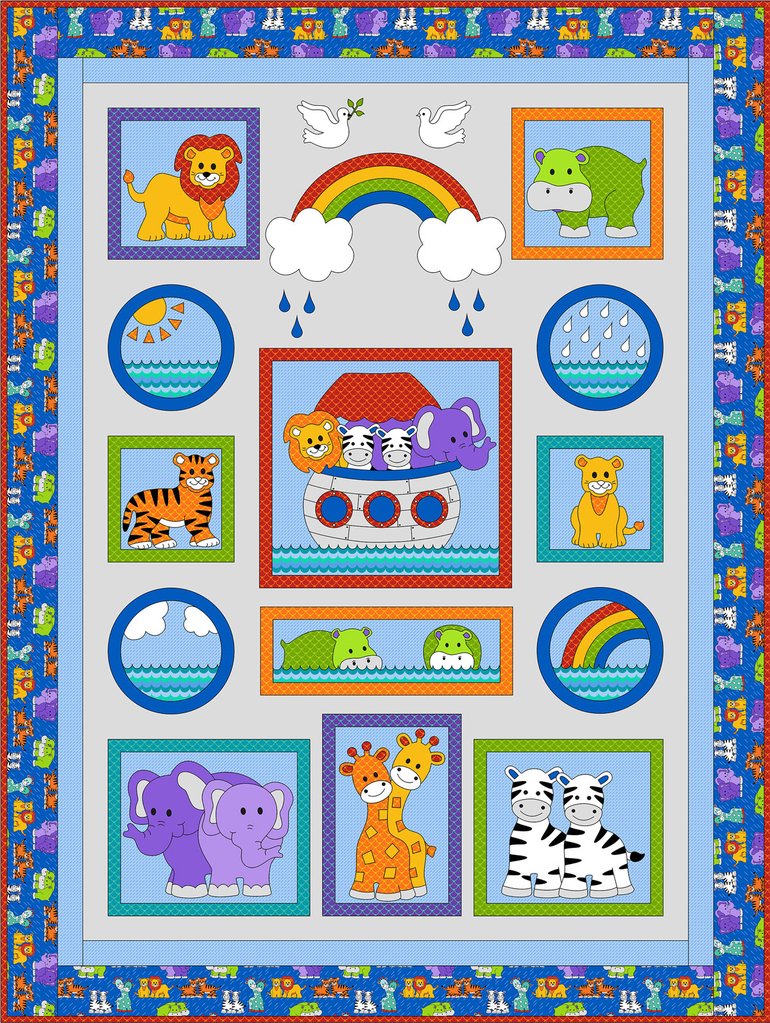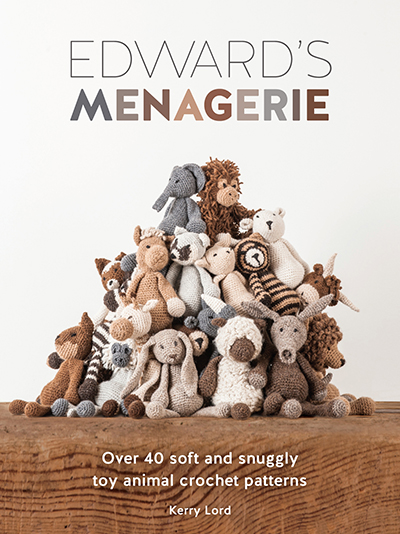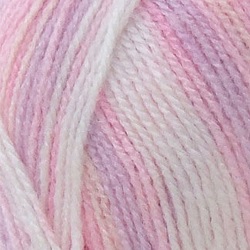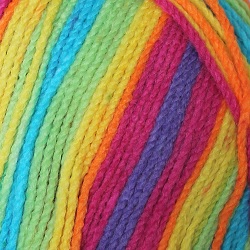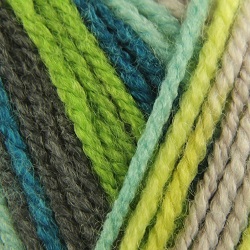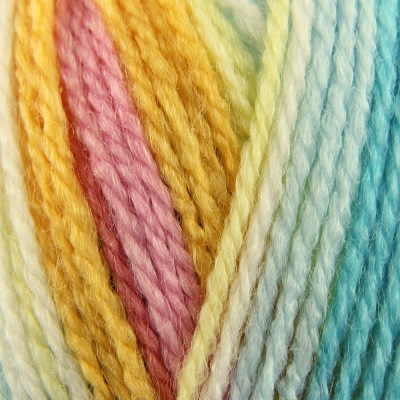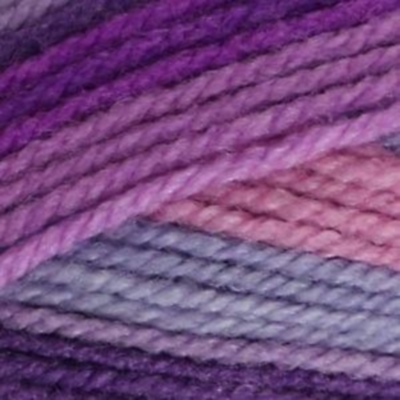A sewing pattern is the place for a beginner to dressmaking to make a start. As well as an envelope containing pattern pieces and instructions there is the envelope itself which is full of information. Not all pattern envelopes are laid out in the same way but the information provided is the same. To be successful as a dressmaker you need to understand the pattern.
The back of the envelope shows two measurements: body measurements and sizes for the finished garment. You will find fabric recommendations and the amount of fabric you will need for the different sizes. In addition, there will be drawings of the variations of the garment, sometimes called technical images or line art. You will also see a list of the notions or haberdashery you will need ie zips, interfacing etc. The information may also be provided in French or Spanish alongside the English.
Most patterns give you a guide as to how difficult the pattern will be. Easy/Intermediate/Complex. If you’re a complete beginner, try an easy pattern to start with. Some manufacturers have “learn to sew” patterns created with a complete beginner in mind, full of tips and advice.
Fabric & Notions
Recommended Fabric For you to make the garment and achieve the intended look follow the recommended fabrics. A flowy skirt or fitted jacket would look wrong in t-shirt jersey. As a beginner it is important to follow the advice from the designer. You don’t want to spend hours creating your garment to be unhappy with the finish because of the fabric you’ve chosen. You may also need a lining fabric and contrasting fabrics.
If you’re unsure, have a chat to any of our staff who’ll be very happy to help. Visit our website here to see a small selection of what we offer.
Fabric Requirements This tells you the amount of fabric you’ll need based on your chosen size and the width of the fabric you are buying. Always buy the amount advised – you don’t want to run out if you make a mistake. Most dressmaking fabrics come on rolls or bolts in 2 approximate widths: 110cm/44” and 150cm/60”.
Notions Don’t forget to buy these. This is things like buttons, zips, elastic, trim.
Not mentioned on an envelope but needed are needles and threads appropriate for your chosen fabric. A denim needle will leave visible holes in a chiffon fabric. An extra fine thread will not be appropriate for heavy duty corduroy.
You can see our haberdashery here and needles and thread here.
Drawings
The line art or technical drawings show you the design details that are not always obvious in the photos. You will see the variations of the pattern, for example sleeve options, different necklines or skirt lengths. Things like darts and fastenings are more easily seen in the drawings.
Measurements
You will see two sets of measurements: the finished garment and your body measurements. Sizes on the high street are not the same as dressmaking sizes. Take your body measurements accurately and then look at the pattern for the size you’re going to make. Many of us fall between sizes. This is completely normal and you will use a pencil and a curve ruler (also called a French curve ruler: click here to visit our website) to draw on your pattern to create a smooth cutting line between to two sizes.
The finished garment measurements are intended to give you an idea of how your garment will fit once finished. These measurements allow you to choose with even greater accuracy the size you’re going to make.
This is where making your own garment allows such flexibility with size and fit.
We sell patterns from 3 manufacturers. Visit us in store or our website.
